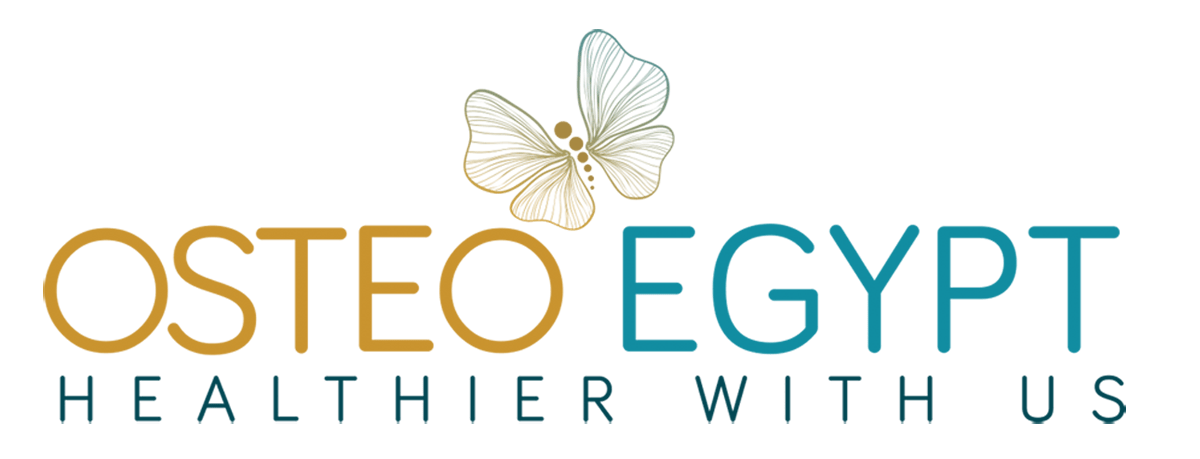What to expect on your first visit:
On your first visit to The Osteopathic Clinic, a thorough case history will be taken, including your present condition and your medical history. The more details you can furnish the osteopath with at this stage, the better. An examination will follow where the osteopath will assess the relevant area of the body and all the related structures in a standing, seated and/or lying position. This will include active and passive movements of the body. For example, a shoulder problem requires an in-depth evaluation of the shoulder, neck, ribs, abdominal structures, upper and lower back.
The osteopath will discuss their findings with you and what the following treatment will involve. The techniques used vary according to the individual, their diagnosis, body type and findings to achieve the best possible treatment. When coming in for a treatment, you should wear loose, comfortable clothing. The more that can be assessed, the more specific the diagnosis can be.
If at any point during treatment at The Osteopathic Clinic you feel uncomfortable or are in pain, just let the osteopath know. The treatment is designed to work in a pain free range and should not cause distress. If you have any questions, your osteopath will be very happy to answer them.
Your rights
We respect and adhere to your rights as determined by the HDC which are as follows:
- To be treated with respect.
- To be treated fairly without pressure or discrimination.
- The right to dignity and independence.
- To receive a quality service and to be treated with care and skill.
- To be given information that you can understand in a way that helps you communicate with the person providing the service.
- To be given the information you need to know about your health or disability; the service being provided and the names and roles of the staff; as well as information about any tests and procedures you need and any test results. In New Zealand, people are encouraged to ask questions and to ask for more information to help them understand what is going on.
- To make your own decision about your care and to change your mind.
- To have a support person with you at most times.
- To have all these rights apply if you are asked to take part in a research study or teaching session for training staff.
- The right to complain and have your complaint taken seriously.
The Environment
The importance of our environment is enormously necessary for the health of us as humans and as a planet. With this in mind, everyone must do their bit to help the situation that has been created by generations of abuse, and at The Osteopathic Clinic there is a drive to be as green as we can be.
Our Community
The osteopaths at the clinic are involved in various talks and lectures to many groups throughout the community, with more coming up in the near future. We are all open to help in any way we can and happy to provide educational talks to general or specific health groups and towards a better understanding of osteopathy and health in general. A series of talks have been given in across the middle east to expand the osteopathic knowledge.
